The delicious cantaloupe melon is loaded with health advantages, including boosting the immune system, promoting good skin and eyes, lowering the risk of cancer, reducing stress, and better managing diabetes.
These qualities are mostly a result of the fruit’s high vitamin and mineral content, which includes vitamins A, C, and B6. With some care and attention, you can grow your own cantaloupes in your garden instead of splurging on it in the supermarket.
To enjoy its sweet and refreshing flavor, here’s a comprehensive guide you should check out.
1. Choose the Right Variety
There are various cantaloupe varieties, so you should select a cantaloupe variety suited to your climate and growing conditions. Common varieties include “Hale’s Best,” “Sweet Granite,” and “Ambrosia.”
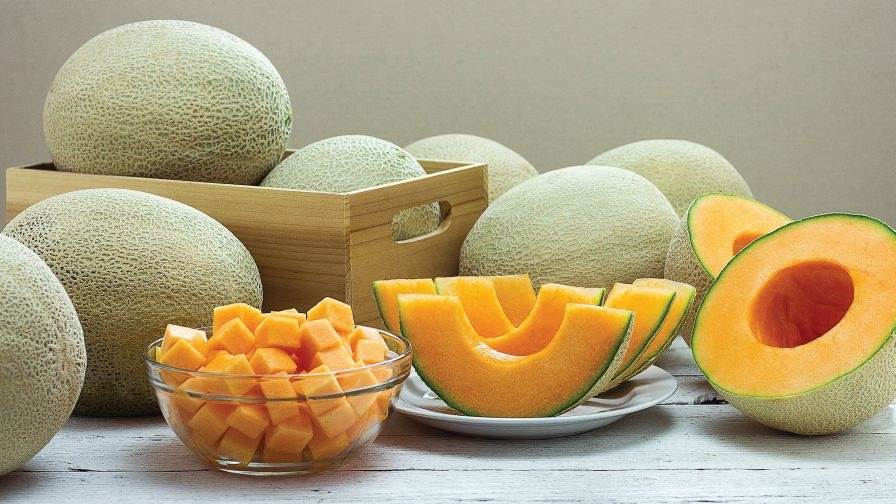
- Hale’s Best: It has a round or oval shape, a rough and netted rind, and a juicy and sweet orange flesh. The fruit weighs 5 to 6 pounds, and it’s mostly flesh with a small seed cavity and a thin rind.
- Sweet Granite: This is an early-maturing variety that can produce fruit in cooler climates. It has a round shape, a smooth and lightly netted rind, and a crisp and sweet salmon-colored flesh. The fruit weighs 2 to 3 pounds, and it has a thick rind that protects it from cracking.
- Ambrosia: This is a hybrid variety that is known for its exceptionally sweet flavor and aroma. It has a round shape, a coarsely netted rind, and a succulent and nectarous orange flesh. The fruit weighs 4 to 5 pounds, and it has a thin rind that makes it easy to cut. It takes about 85 to 90 days to mature.
2. Planting Cantaloupe

Cantaloupes thrive in warm temperatures, so plant cantaloupe seeds or transplants after the last frost date when the soil has warmed up. When planting, you should choose a sunny location with well-draining soil.
You can create mounds or raised rows to improve drainage and warm the soil. Seed should be planted about 1 inch deep, and spaced about 2-3 feet apart in rows.
3. Caring for Cantaloupe
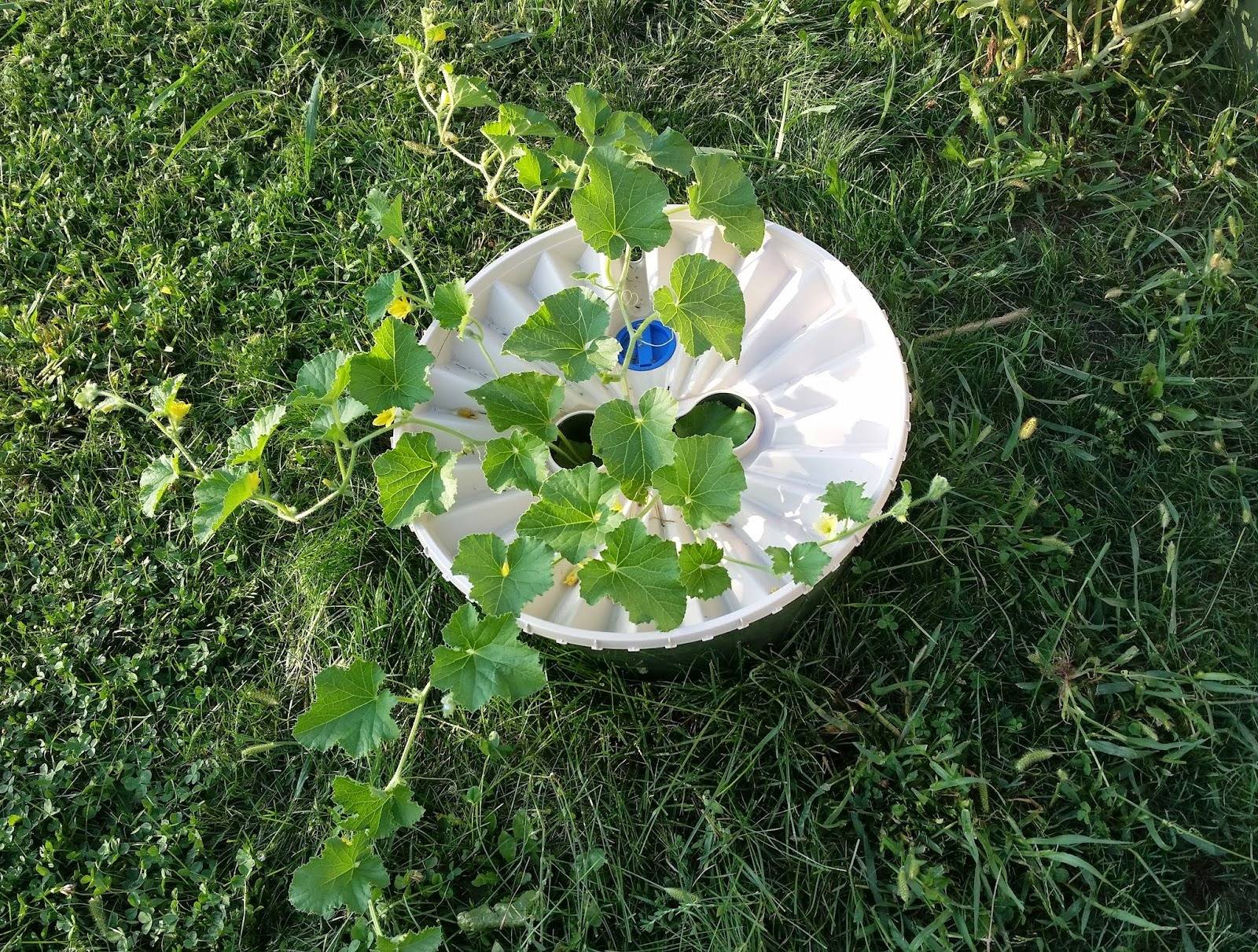
Cantaloupe requires the soil to be consistently moist, especially during flowering and fruiting. You can use a soaker hose or drip irrigation to water the base of plants and avoid wetting the leaves to prevent disease.
To support its growth, apply a balanced, slow-release fertilizer at planting time. Side-dress with additional fertilizer during the growing season.
Mulch around the plants to retain soil moisture and suppress weeds. Consider using trellises or supports to keep the fruit off the ground, which can help prevent rotting and pests.
4. Pollination
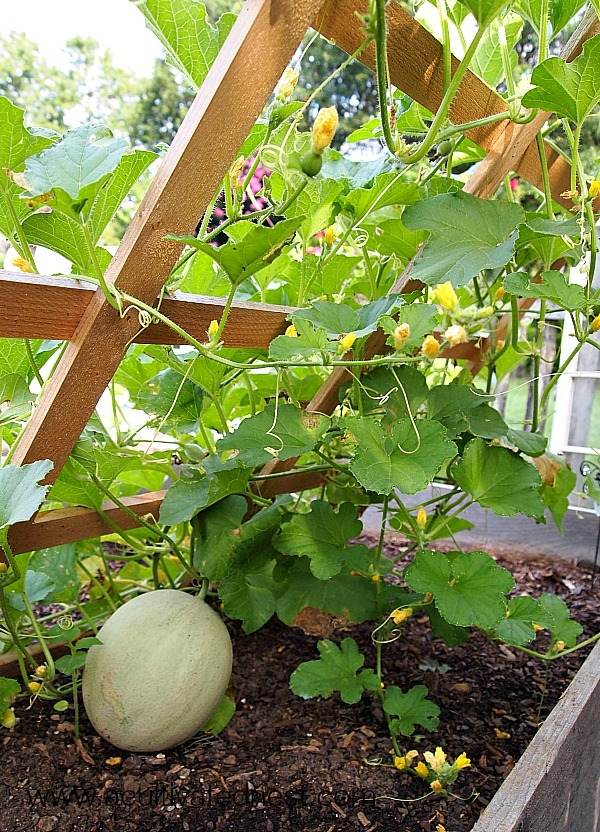
Cantaloupes require pollination to produce fruit. Bees and other pollinators are essential for this process. The key is to avoid using insecticides during flowering to protect pollinators.
5. Pruning

To get big fruits, pinch off any side shoots or runners to focus the plant’s energy on fruit production. In addition, remove any dead or diseased leaves to prevent the spread of diseases.
6. Pest and Disease Management
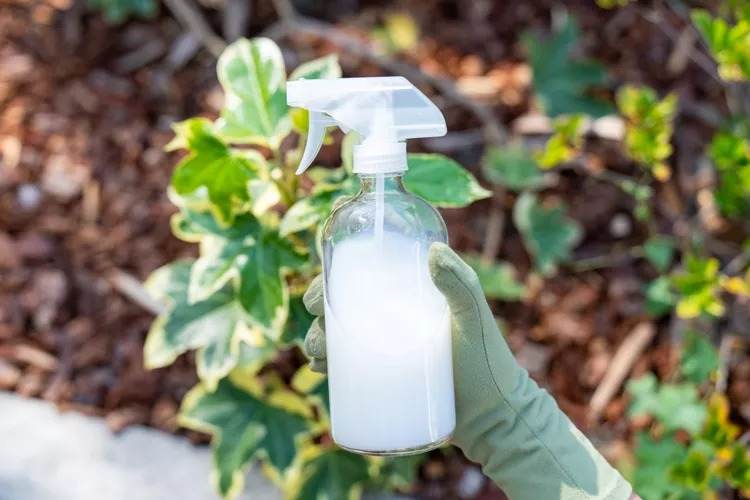
To ensure cantaloupe quality, keep an eye out for common pests like aphids, cucumber beetles, and squash bugs. You can handpick or use organic insecticides if necessary. Monitoring for diseases such as powdery mildew and downy mildew is also important. To prevent spread, remove affected leaves and ensure good air circulation.
7. Harvesting
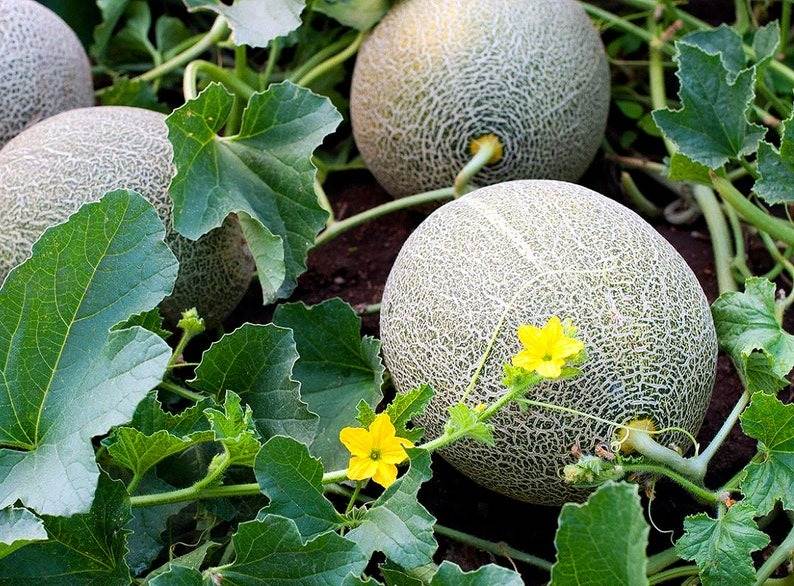
Cantaloupes are ready to harvest when they slip easily off the vine and have a sweet aroma. The stem attached to the fruit should be completely dry, and the melon should have a creamy, yellow color underneath where it sat on the ground. When the time comes, gently twist or cut the fruit from the vine to avoid damaging the stem.
8. Storage
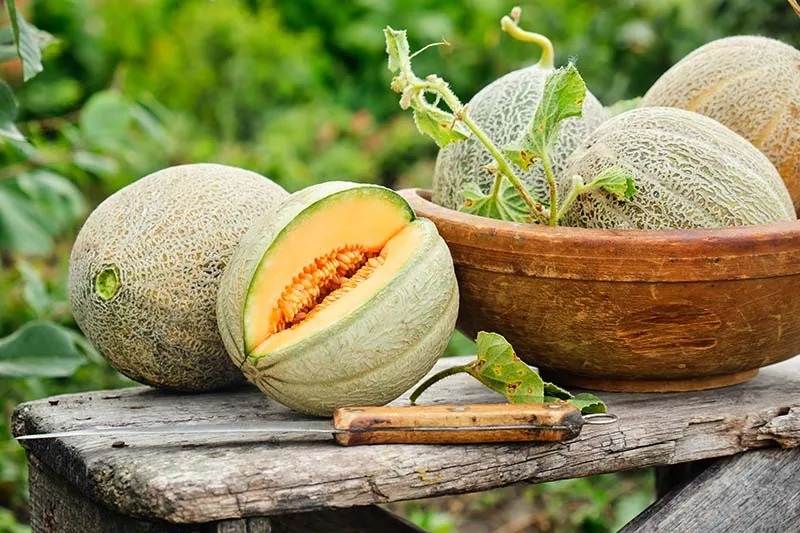
Cantaloupes are best eaten soon after harvest for optimal flavor and freshness. If you need to store them, place ripe cantaloupes in the refrigerator. Uncut melons can last for about a week. Cut cantaloupe should be wrapped tightly and stored in the fridge for a few days.
By following these steps and providing proper care, we hope you can enjoy a bountiful harvest of sweet and juicy cantaloupes. If you’re interested in growing fruits and vegetables right in your garden, subscribe to our website to not miss out on our latest articles.
